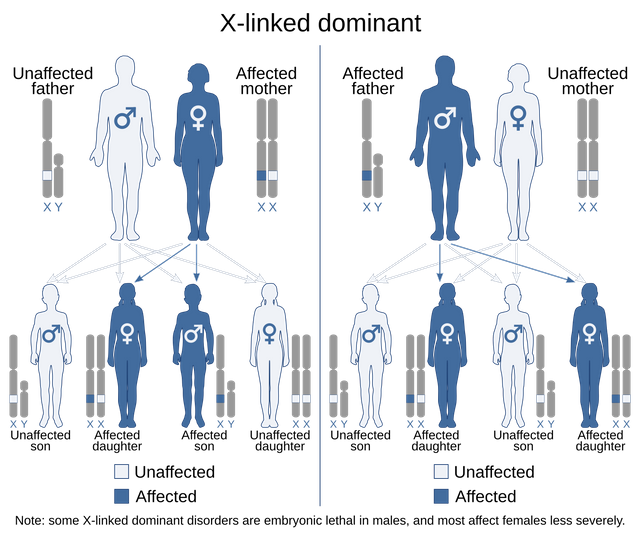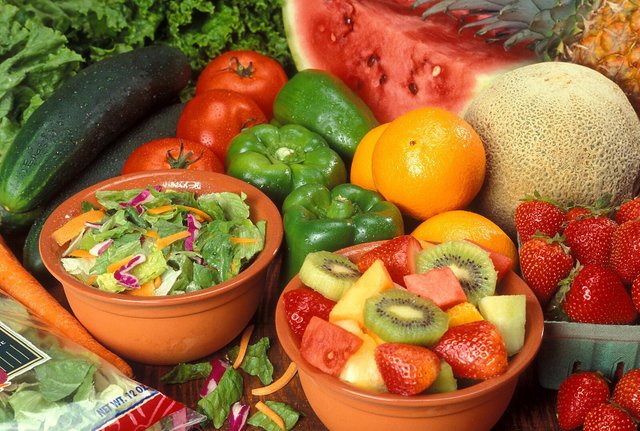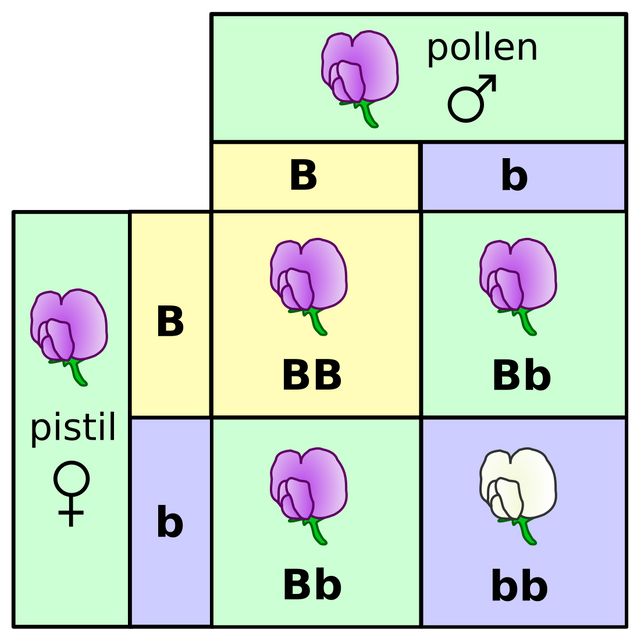Basic Knowledge in Agriculture #29
Greetings my dear friends of Steemit and Steem-Agro
Plant breeding is the art and science of improving genetically controlled traits of plants for human benefit it began thousands of years ago when humans first observed differences in plant growth and began to collect and store seeds for planting next year's crop. Until the last century plant breeding mainly relied on the art of identifying and selecting superior types based on skill judgment and luck. Often this important task was the responsibility of women in the ancestral farming communities as the scientific fields such as botany genetics chemistry and mathematics progressed in the last century so did the science of plant breeding. An Augustine monk Gregor Mendel working with garden peas published a landmark paper in 1866 which explained the basic mechanisms of plant inheritance through advances in scientific knowledge. Since Mendel's time plant breeders became able to design and create new more effective breeding methods to improve crop species. The modern plant breeder takes a lot of credit for the advances in crop production we should not forget however that primitive agriculturalists selected crops for centuries before more modern scientists began developing the art and science of plant breeding. One should realize that successful plant breeding improves the genetic potential for optimum growth of crop plants. The inheritability of crop plants to produce will be greatly influenced by the production environment such as moisture soil characteristics fertility and pests to maximize genetic performance of improved crop varieties. The proper production practices must be used.
Most of us have probably noticed large variation in the way plants grow and develop even for plants that are closely related to each other. This phenotypic variability is caused by genetic and environmental variability for the usable portion for plant breeders is the genetic variability because this portion is heritable by selecting superior plant traits that are under genetic control the desired traits can be passed on to the progeny. If you selected a desired phenotype that was due to the environment the progeny may not be light. The selected parent because environmental changes are not heritable and differ from day to day in year to year in this case selection for superior traits would not be successful each of the thousands of traits that make up the individuals are controlled by genes. Genes are the basic unit of heritance that are passed on to new generations all of the genes of an individual are contained in the chromosomes. Chromosomes are actually strands of DNA which are composed of proteins and nucleic acids in encoded form that contain the complete assembly and operational instructions for the cell.
My publication has already crossed 433 words so I don't want to elaborate further in this post. In my future post I'll cover rest of the points.
Thank you for reading my post.
I would like to invite three fellow Steemians to participate in the contest.
@sabbirakib
@edu-chemist
@chiagoziee



X Link
https://x.com/Saha_tweet/status/1920323502646739295